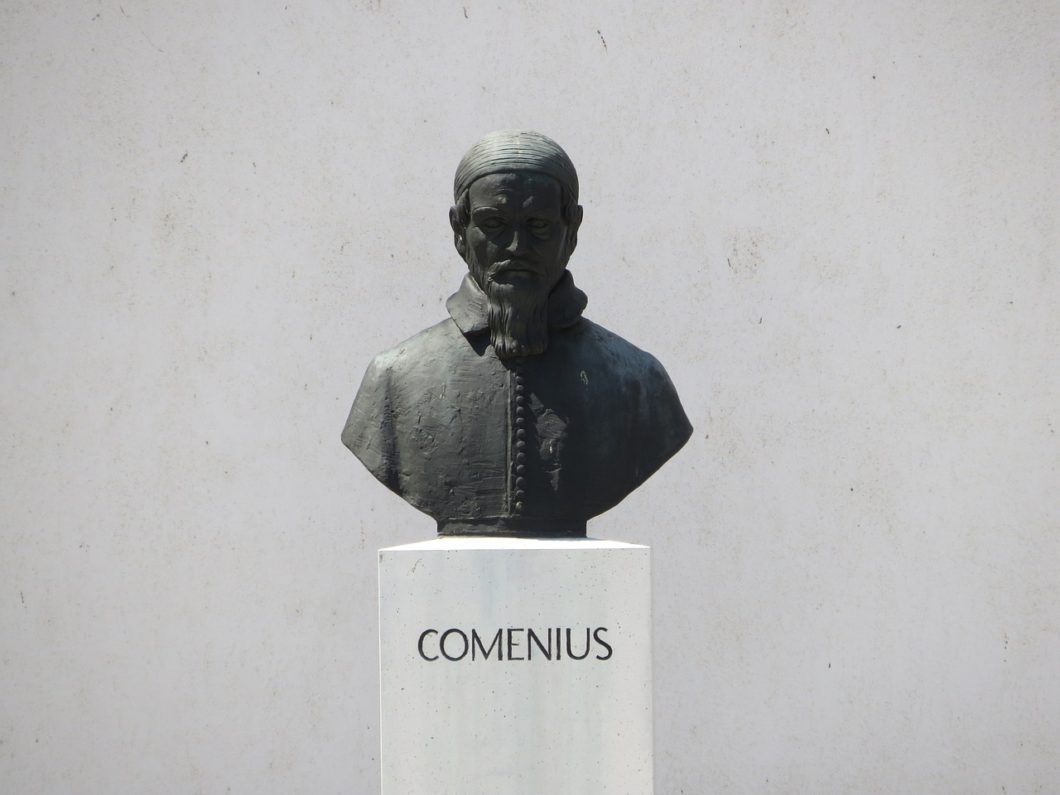I decided I wanted to be a teacher as soon as I started teaching. Before that, like many people in this world, I didn’t really know what to do with my life. When I was a kid I thought I wanted to be a war journalist, and which I think I have more or less been and I can still become. I knew that I could not do something related to math or numbers, because at school they told me that I was very bad at this subject. Nowadays I have realized that it is a big mistake to limit someone (no matter if it’s a child or an adult) this way, there are no
limits in the adventure of learning, and everybody can reach everything. It is just very important to believe that you can do it. Another thing I
knew when I was younger is that I wanted to travel, and to visit a lot
of countries, but not knowing languages was a sort of problem for me,
and that is one of the reasons I studied translation, which is the
second most ancient job in the world (after prostitution).
I started teaching kids while I was working in an office, and I
discovered there how much they liked painting, so I could see that a
good way to teach and learn languages is to make students happy and not
really realize that they are studying. I taught adults too, and of
course, I know it was very important to know grammar, but the most
important thing is to make them love the language and culture they are
studying. The best way to do this with adults is using a lot of
resources such as cinema, poetry, literature, music and showing a
sincere interest for their cultures too.
I studied probably the best pedagogue of the times, the Czech Jan Amos Komenský (1592-1670), and his two masterpieces Didactica Magna and The gate of languages unlocked.
Komenský has been followed by many experts. I would quote Jean Piaget
who once wrote, ‘The ideas of Comenius do not have to be updated, merely
translated.’ Komenský was the first one to introduce images to learn
languages, and I totally support his thesis. It is not convenient to
start learning a language only with its grammar, but with simple
sentences and normal objects to build up to complex structures. He also
invented the “cyclic instruction method”, which means that in every
grade the teacher must teach different things or the same, but they must
be taught in a different way, so the student doesn’t get frustrated or
lose attention. It is very important to surprise the student in every
class, even by using improvisation. I think it is very important the use
of photography, cinema or literature and the use of imagination in
order to get deeper into another culture.
- Using images
- Working with real objects
- Empowering dialogues
- Doing arts and crafts
- Theatre
Komenský’s philosophical predecessors are maybe Bacon and
Descartes, who must be read in order to have a better understanding of
Komensky’s ideas. I am surprised by the fact that there are many
international experts who have tried to analyze this topic. One of them
is the Japanese Hiroshi Matsuoka who devoted his life to teach Japanese
to Czech people. He was highly surprised by Komensky’s ideas and he
studied him deeply. On the other hand, there are Czech authors such as
Marie Kyralova, Dagmar Capková or Jana Privratska who also studied the
work of Komenský.
According to Komenský, a human being does not want to be under
pressure in order to learn, because he/she desires it naturally.
Educators must encourage the participation of the students. And physical
punishment is totally advised against. To finish this proposal I would
quote Jean Piaget once again, ‘The ideas of Comenius do not have to be
updated, merely translated.’
Neus Barcelo Munar, Former LOS Consultant
